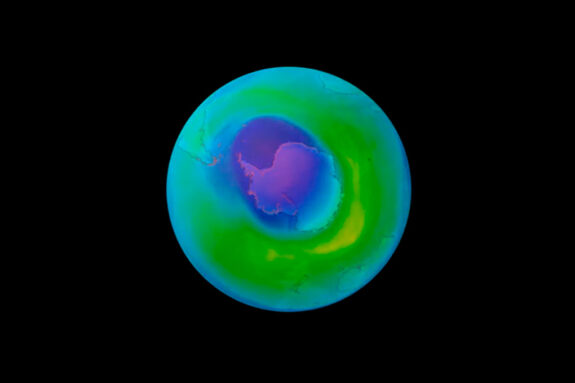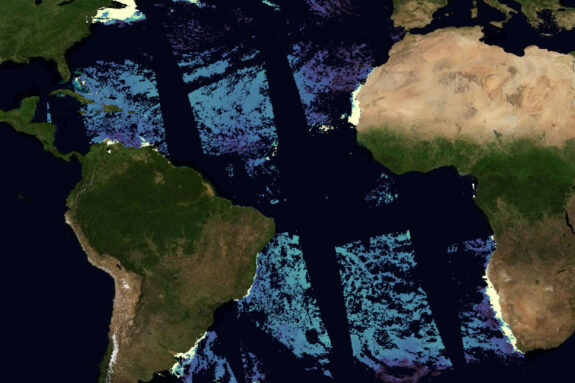We’ve been wondering where our graduates go when they leave MIT – where does a Course XII or Course XIX degree lead? When alumni from 2015, 2010, 1995, 1990, and 1970 responded to our quick survey, we were amazed at the variety of careers paths. Your interesting stories show just how our interdisciplinary research in EAPS can lead to many fascinating experiences and opportunities!
| What was happening in 2015? | |
|
|
|
|
|
|
|
|
|
|
| Revisit Spring 2015 EAPSpeaks & 2015-2016 President’s Report | |
| SB, SM and PhD ’15 | |
 |
Mike Byrne Understanding Decreases in Land Relative Humidity with Global Warming: Conceptual Model and GCM Simulations advisor: Paul O’Gorman and I studied ‘Climate Physics and Chemistry’. Currently, I am a lecturer (assistant professor) at the University of St Andrews (personal website). Unveiling the fascinating physics of the climate system to the next generation of earth scientists is the highlight of my job. Living on the beautiful east coast of Scotland with my wife and 18-month old twins is pretty good too! |
 |
Morgan O’Neill A theory for polar cyclones on giant planets advisor: Kerry Emanuel, I studied hurricanes on giant planets for my thesis. Currently, I study hurricanes and supercells on Earth, as an Assistant Professor in the Department of Earth System Science at Stanford University. What I like best about the work is leading a group of creative, hardworking students who have amazing ideas and figure out things that I never would have reached on my own. |
 |
Frank Centinello Positioning in geophysics : applications to GPS seismology, airborne gravimetry, and the Dawn Spacecraft at Vesta advisor: Maria Zuber and Tom Herring, Geophysics; Concentrations: Terrestrial and planetary gravity field estimation, GPS applications in gravimetry and seismology. Currently: I work for the National Oceanic and Atmospheric Administration Commissioned Officer Corps (NOAA Corps); I fly aircraft in support of NOAA’s various scientific, emergency response and disaster relief missions throughout the U.S. and neighboring international partners. Two things I love about my work are the flying, and supporting science in the field in many remote locations such as observing microbiota 250 miles off-shore in the Arctic, surveying megafauna of the Aleutian Islands, and measuring soil moisture in the Adirondacks, among others. |
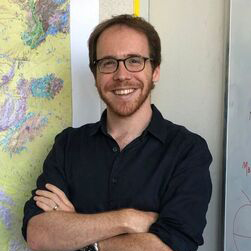 |
Jean-Arthur Olive Mechanical and geological controls on the long-term evolution of normal faults advisor: I was in the MIT/WHOI Joint Program between 2009 and 2015. I studied geodynamics with Mark Behn at WHOI and Stéphane Rondenay at MIT. Currently: I am now a CNRS Research Scientist at Ecole Normale Supérieure in Paris, France. I have started a small research group studying the way the Earth’s crust deforms in and around fault zones, and how this deformation interacts with other geological processes such as erosion, magmatism or hydrothermal circulation. Our work is mostly theoretical, but we do get a chance to go out to sea or in the field to look at real faults from time to time. I enjoy designing physical models that help us understand geological structures and the shape of Earth’s active landscapes. Teaching geodynamics with analog models that involve gelatin, springs, or corn syrup is also a fun part of the job. |
| What was Happening in 2010? | |
|
|
|
|
|
|
|
|
|
|
| More current research circa 2010 via EAPS Reports to the President 2009-10 | EAPS Reports to the President 2010-11 | |
| SB, SM and PhD ’10 | |
 |
Jennifer Buz Recent lunar magnetism advisor: I was geosciences (with a lot of planetary), Lindy Elkins-Tanton for SB (’10) and Ben Weiss for SM (’11). Currently, I’m a postdoc at Northern Arizona University studying the properties (mineralogy/thermophysics) of the Martian crust. I love the variety of projects this can encompass from mapping on high resolution images, working with the Curiosity rover, and running thermophysical models. I also do a lot of outreach related to space science and during the quarantine, I am doing “house calls from outer space” for science-inclined kids stuck at home. |
 |
Brian Rose Oceanic control of the sea ice edge and multiple equilibria in the climate system advisor: John Marshall, climate dynamics Currently, I’m an Associate Professor, University at Albany. What I like best about the work is the change to think deeply about how the earth system works, and train the next generation to continue that work. |
 |
Ian Fenty State estimation of the Labrador Sea with a coupled sea ice-ocean adjoint model advisor: Carl Wunsch, Climate Physics and Chemistry PhD Currently, I’m a Research Scientist at NASA Jet Propulsion Laboratory, California Institute of Technology. What I like best about the work is being able to apply my MIT climate science education on important problems in an intellectually stimulating and collaborative and supporting environment. |
 |
Diego Concha Imaging the Soultz Enhanced Geothermal Reservoir Using Double-Difference Tomography and Microseismic Data advisor: Dale Morgan my first year then Rob van der Hilst and Mike Fehler my second year; I have an SM. I studied Geophysics as part of the Earth Resources Lab. Currently, I’m a consulting CTO to startups and Fortune 500s providing guidance on software architecture and team leadership. In my free time I mentor budding startups at MassChallenge and Techstars and am also training to become a Pararescue Jumper (PJ) in the Air National Guard. I love helping passionate founding and executive teams adopt cutting edge technology and best practices around servant leadership in order to empower their team and customers. |
 |
Udaya Bhaskar Gunturu Aerosol-Cloud interactions : a new perspective in precipitation enhancement advisor: Ronald G Prinn. I studied for my PhD in Atmospheric Science in EAPS and graduated in 2010. Currently, I am working with other scientist colleagues in India and Saudi Arabia on a startup to provide environment and energy services in India. Most of the meteorological and environmental services in this part of the world have been traditionally by the govt bodies. As the specialization and varieties of the information and services needed are complex, it is realized that the govt cannot provide such services at scale. Some examples of the services include forecasting flash floods, heat stress, and pollution in different cities; and providing extreme weather forecasts for commercial farmers (eg, grapes). My comprehensive preparation in Atmospheric Science in EAPS, and the training to pursue the difficult avenues that others do not want to, are very handy. I am also involved in community work due to Covid-19, and the number of cases are on a rise here. What do I like about this work? The enthusiasm of the new students and youth who want to work on these lines, and the growing interest of other scientists in such extension activity is very encouraging. I like the growing awareness of sustainability and resilience to climate change in the society at different levels, and their willingness to incorporate the appropriate solutions. |
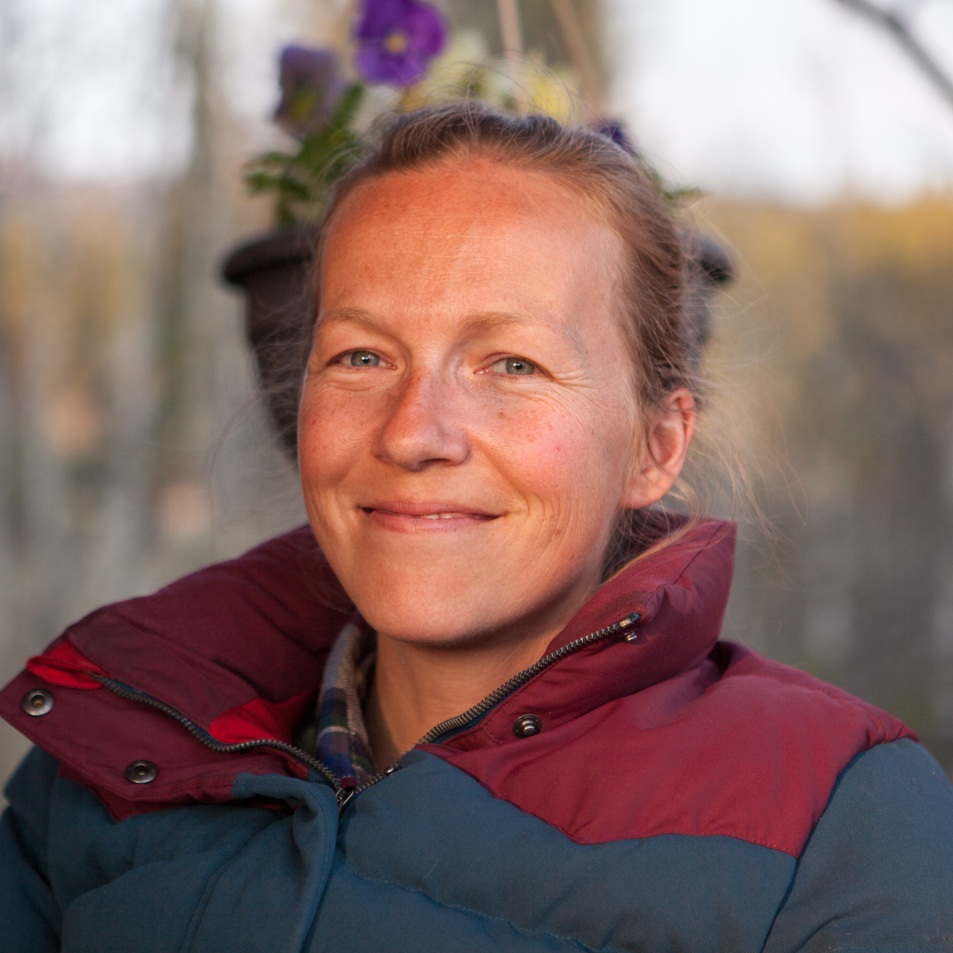 |
Kate Harris Diversity of polycyclic triterpenoids in Rhodospirillum rubrum advisor: Tanja Bosak, geobiology Currently, I’m a freelance nature and travel writer based in northernmost British Columbia. I love the freedom and creativity of this work, the way it lets me draw on science but also philosophy, poetry, and lived experience in order to ask questions of life, the universe, and everything. |
What was Happening in 1995? |
|
|
|
|
|
|
|
|
|
|
|
|
|
|
|
| More current research circa 1995 via EAPS Reports to the President 1994-95 | EAPS Reports to the President 1995-96 | |
| SB, SM and PhD ’95 | |
 |
Ari Epstein Physical processes and zooplankton distribution in the Great South Channel : observational and numerical studies advisor: Bob Beardsley (WHOI), Glenn Flierl, Paola Rizzoli and Carl Wunsch helped me get my PhD. Currently, I teach in the Terrascope first-year learning community here at MIT (terrascope.mit.edu). If Building 18 weren’t in the way, I’d be able to see the window of my graduate-school office from the window of my current office, so I certainly have the lowest average velocity since graduation of anyone in my year of the Joint Program! The best part is probably working with our wonderful students in a setting that encourages educational innovation and exploration. |
 |
Sang-Mook Lee Tectonics of the East Pacific rise : studies of faulting characteristics and magnetic and gravity anomalies advisor: My advisor was Prof. Sean Solomon. He is now the director at Lamont Doherty Earth Observatory. I was a joint program student in Marine Geology and Geophysics. I studied tectonics of mid-ocean ridge (East Pacific Rise). Currently, I’m currently a professor at School of Earth and Environmental Sciences of Seoul National University (number one university of Korea). In 2006, during a geological field trip in California, the van that I was driving rolled over. I became quadriplegic (completely paralyzed neck down). However life has unexpected twist and turns. As a result of my accident, I became very famous in Korea. I am the new face of disability (that is, someone who uses technology to overcome disability). The public recognition brought me power to change and I have used it to not only raise awareness on disability issues in Korea (particularly in the education of people with disability) but also to direct the future of Korean marine scientific research in big way. (NOVA interview) Currently I am the Chair of InterRidge (international organization to promote mid-ocean ridge studies) and the Project Manager of PLANET A whose objective is to construct global data hub in Earth sciences and apply modern tools such as artificial intelligence algorithms to deduce new information. |
 |
Peter Puster The characterization of seismic earth structures and numerical mantle convection experiments using two-point correlation functions advisor: Tom Jordan w/ Brad Hager as co-advisor; seismology and geodynamics Currently, SVP and Director of Quantitative Fixed Income Research at The Travelers Companies Inc. Like best: research financial market anomalies and working with young associate analysts. |
 |
Thomas “Tom” Wagner Experimental and geochemical studies of terrestrial and lunar magmatic process advisor: Tim Grove. PhD 1995, experimental petrology. Igneous processes on Earth and Moon Currently, NASA Headquarters, running Discovery Program. Best part: Helping pick the next missions to explore our solar system! Spent better part of previous two decades working in polar Earth sciences at NSF and NASA (featured on NASA Explorers: Cryosphere – The Big Thaw). Occasional consulting as a futurist for movies and TV, most recently the movie Hotel Artemis and season 6 of the television show The Affair. |
What was Happening in 1990? |
|
|
|
|
|
|
|
|
|
|
|
|
|
| More current research circa 1990 via Reports to the President 1989-90 | Reports to the President 1990-91 | |
| SB, SM and PhD ’90 | |
 |
Volkmar Wirth The seasonal cycle of stationary planetary waves in the southern stratosphere : a numerical study advisor: I studied Meteorology (Master degree) and my advisor was Prof. R. Alan Plumb. I got my degree in 1990, Currently, I am Professor for Dynamical Meteorology at the Johannes Gutenberg University in Mainz. |
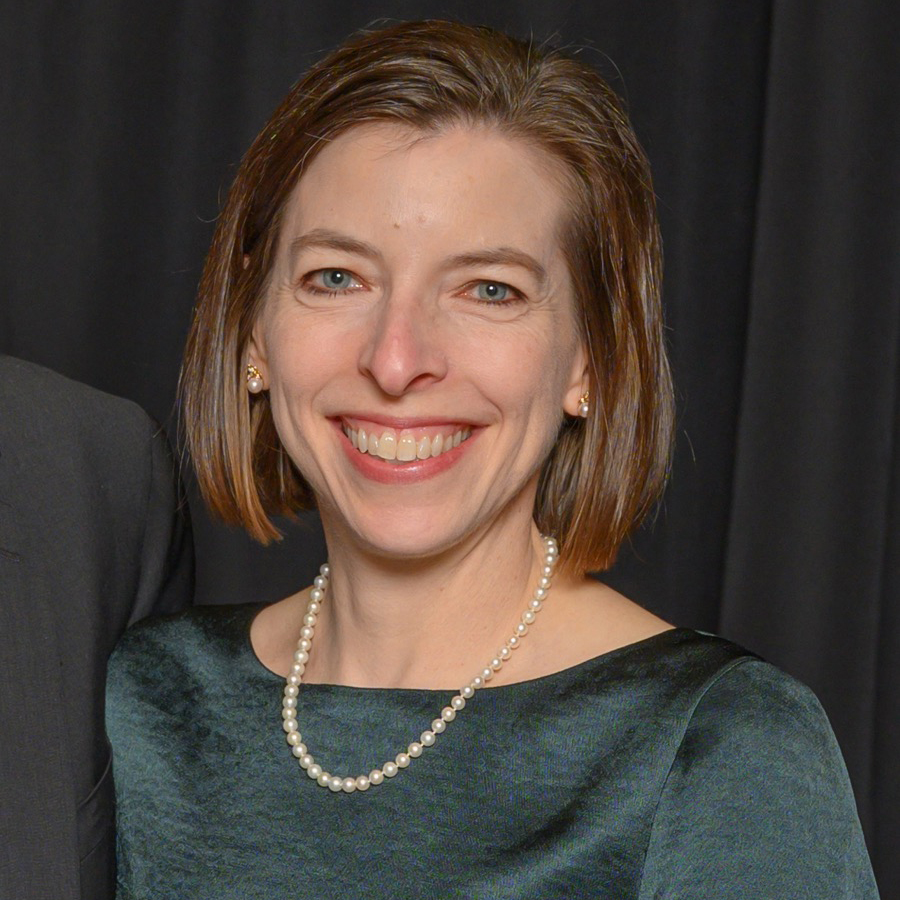 |
Christina Schwarz
Currently, I am a professor in science education/teacher education at Michigan State University. It’s wonderful! I get to work with teachers and students from preschool through college in learning and teaching about science (including a free 8th grade astronomy/space science unit I helped to co-design that will be release by OpenSciEd). I have great memories of EAPS. |
 |
Linda Kah Early proterozoic (1.9 Ga) thrombolites of the Rocknest formation, Northwest Territories, Canada advisor: I was an undergrad in EAPS, received BS and MS in 4 years. I did UROP research with Roger Burns and John Southard, then completed my MS my senior year under John Grotzinger (his 2nd year at MIT, if I remember). Currently, I am currently a full professor at the University of Tennessee in Earth and Planetary Sciences. I continue my love of sedimentary rocks, and split my research time three ways: working to undersatnd fabrics and diagenesis of Proterozoic carbonate rocks; trying to understand the formation of early (microfossil bearing) diagenetic chert; and exploring the habitability of Mars as a co-I on both the Mars Science Laboratory (Curiosity Rover) and Mars 2020 (Perseverence Rover) missions. It used to be the field work I loved the best. As I get older, I continue to love the field work, but miss the time away from my family. Nowadays, the best thing is simply watching the growth and success of my graduate and undergraduate students. |
What was Happening in 1970? |
|
|
|
|
|
|
|
|
|
|
|
| More current research circa 1970 via Reports to the President 1969-70 | Reports to the President 1970-71 | |
| SB, SM and PhD ’70 | ||
 |
|
|
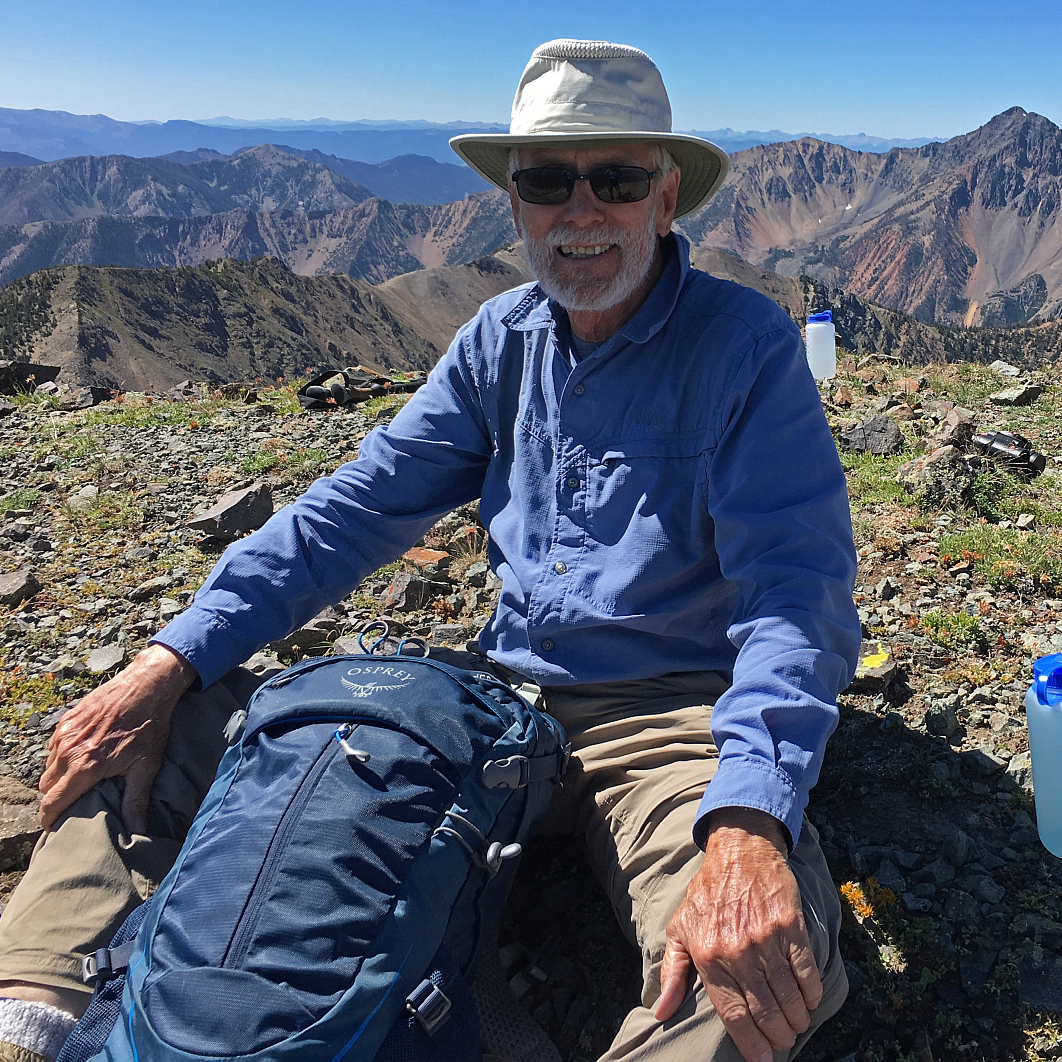 |
|
|
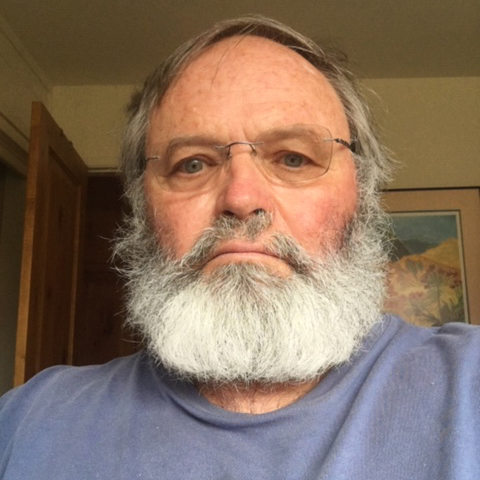 |
Terry Barker Response of an elastic layer over an elastic half-space to a point source advisor: Nafi Toksoz, seismology Currently: I am retired. My current interests include surfing, biking, camping, photography, our (5) grandkids and maintaining our rental properties. |
|
 |
David A. Cacchione Experimental study of internal gravity waves over a slope advisor: Carl Wunsch and John Southard Currently: Retired from USGS, Coastal and Marine Programs as a senior scientist. I remain a scientist emeritus there. I was team chief from 1987-1992 in the Branch of Pacific Marine Geology, Menlo Park, CA. My position as a research scientist involved field studies of sediment transport in the world’s oceans. I was chief scientist on over 20 research cruises on various ships, including studies in the Mediterranean Sea, Arctic, and Pacific Oceans. I developed specialized bottom systems (e.g., GEOPROBE tripods) for obtaining long-term measurements of bottom currents, suspended sediment concentrations, and seabed changes. Companies: West coast Director of Woods Hole Group. I now have an environmental consulting company: CME (Coastal & Marine Environments) in Vancouver, WA. |
|


